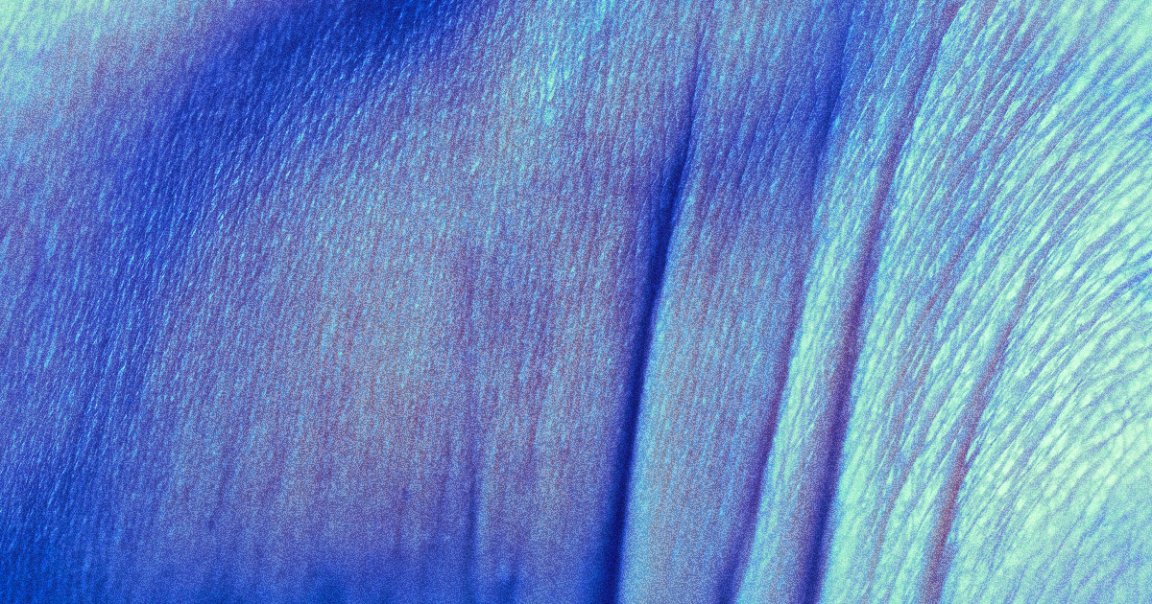
Scientists are working on growing a glove made out of synthetic human skin in a lab — something that could revolutionize the field of skin grafts.
In early tests, researchers at the Columbia University Medical Center implanted lab-grown skin onto irregularly-shaped mice limbs — and with astonishing results, according to a recent interview with Wired.
Known as “skin constructs,” these synthetic sheets of human cells are implanted on wounds that are too big for a traditional skin graft.
In the 40-odd years this procedure has existed, there hasn’t been much in the way of progress for producing patches of fake skin that can be grafted onto parts of the body that aren’t, well, flat.
In many cases, irregularly shaped wounds — or wounds on parts of the body that aren’t flat like faces or fingers — require more patches of skin construct and often result in longer, more complex surgeries.
Now, a team of biomedical engineers at Columbia have created what they’re calling “edgeless” or seamless patches to fit the body part they’re made for.
And according to Alberto Pappalardo, a Columbia postdoctoral dermatologist who worked on the study, which was recently published in the journal Science Advances, early tests involving mice have been a resounding success.
“It was a perfect fit,” Pappalardo said of the tiny pant leg-esque tissue that was slipped onto a mouse’s hindlimb, which later integrated well into the animal’s own skin.
The secret to the study’s success lies, it seems, in one of its lead researcher’s laser focus on geometry.
Hasan Erbil Abaci, a bioengineering expert who serves as Pappalardo’s adviser at Columbia, told Wired that in order to create skin constructs that are close to the real thing, one must recreate the geometry of the appendage or body part that’s wounded — a potentially huge upgrade over current skin constructs.
After doing a number of experiments in 3D printing small, synthetic tissues, the Columbia team made a breakthrough when they grew skin in a cylindrical shape.
“We thought, if we can make a cylinder, we can make any shape,” Abaci told Wired.
While we’re still many years away from clinical trials involving human subjects — the study’s researchers told Wired that they’re optimistic about the future.
For now, Abaci and his team are working on building enough skin to cover an adult male hand and are using small biopsies from a human subject’s cells to do so. The goal is to create a piece of real or synthetic tissue that could be slipped on like a glove.
“You would only have to apply bandages around the wrist area,” Abaci said, “and that would be the surgery.”
More on weird skin: Scientists Found a Dinosaur’s Face, Complete With Its Skin